|
Do you have the time and the talent to trim and prune your plants, shrubs, or trees? Do you want to learn how to take care of your landscape trees and bushes correctly, or would you prefer to hire a well-trained professional to do the job? Trimming and pruning plants and trees to remove diseased, damaged, or dead parts to encourage healthy growth and improve airflow is important. Pruning also helps shape and control plants, shrubs, and trees, making them healthier. Pruning is a task that must be approached with the appropriate methods and tools during the correct season for each plant. The following tips will help property owners learn how to prune trees, shrubs, and perennials in their yards. 1. Basic Pruning TechniquesWhen you prune, make the proper cuts so it will not damage the plant.
2. Spring Pruning TipsIt is essential to prune at the correct times for each plant or tree. Look up the growing information for each tree or plant, and follow the basic rules of thumb. Flowering shrubs, hedges, and perennials bloom in the spring. Please wait until after they bloom to give the plants the care and pruning they need.
3. Summer Pruning BasicsMost pruning is done in the spring and fall, but it may also benefit some plants and trees in the summer.
4. Fall Pruning AdviceChoose the correct fall pruning projects. Corrective pruning is one task for the fall, and this means removing branches that interfere with the whole landscape, including branches that could cause damage during storms or interfere with other plants. The second reason to do fall pruning is to remove damaged or diseased limbs. Careful removal can also be used to let in more light and reduce the need for pesticides.
5. Winter Pruning TipsThe trees and shrubs can be invigorated by winter pruning. A careful trim can help plants produce more flowers and prevent damage from pests and diseases. Deciduous trees should be pruned in the winter while they are dormant to encourage more growth in the spring. Trees in their dormant state make it easier to see the branch structure. Fruit trees can be pruned mid-winter to open them up to more light, and it might be safer than in-season pruning. During winter, pruning concentrate on diseased, dead, or damaged branches. Remove these branches before doing any other pruning. Trees like birch, dogwood, maple, elm, and other "bleeding trees" will lose sap after winter pruning, but the trees are not harmed.
6. Trimming Hedges CorrectlyHedges need care in pruning.
7. Pruning Perennials RightPerennials can benefit from careful pruning when dormant and in the season to ensure long life.
8. More Advice For Pruning TreesTake care when pruning trees, and think about safety. Only prune what can be reached safely. Consult an arborist for high-up damage or severely damaged or dead trees.
If these rules and tips make proper pruning of your landscape trees and plants sound too complicated or time-consuming, consider contacting a tree service company like Chilliwack Tree Services in Chilliwack, BC, to do the work for you. We have the training and knowledge to complete the job correctly the first time, and we offer affordable pricing for tree services, including pruning work. A lot goes into the proper care of a tree in Chilliwack, BC. Trimming and pruning are part of that care. Although many homeowners use the terms interchangeably, trimming a tree and pruning a tree are two different things. What is Tree Trimming?Tree trimming is the process of cutting and shaping branches for aesthetic purposes. Trees can grow branches that shoot out in various directions, and the growth can be uneven, making a tree look scraggly or unbalanced. Trimming allows property owners to cut back unruly branches and shape a tree more appealingly. When Should a Tree Be Trimmed?Trimming a tree is ideally performed with a trimmer or clipper. This powered tool makes it easier to clip through thick branches and shape the tree properly. The timing for trimming is not as strict as pruning requires. Whenever stray branches begin to grow, a little trim is helpful. What is Tree Pruning?Although it may seem similar to trimming, pruning is a bit different. Pruning focuses on the health and growth of the tree. The tree's overall appearance and general health are considered before any pruning is performed. When Should You Prune A Tree?The main tool used to prune a tree is called a shear. There are two types of shears. A hand shear is used to cut leaves, buds, and thin twigs, whereas lopping shears are used to cut thicker branches. These two tools provide the best resource for pruning almost any tree or shrub. Contacting a Tree Services ProfessionalProper pruning and trimming techniques are important for maintaining a tree's health and also crucial for maintaining safety with larger trees. For those unfamiliar with tree trimming or pruning, contacting our Chilliwack tree service professionals may be a good idea. Chilliwack Tree Services can provide tree trimming and tree pruning for any property in the Chilliwack, BC area. Environmental studies show that soil compaction is the leading cause of tree death, and construction projects are the most common reason soil compaction occurs. Construction companies use heavy machinery on the soil and create damaged tree feeder roots. The Risk of Soil CompactionFor healthy tree roots, the soil must offer the trees at least 50% pore space, and the area must have adequate water and air for the trees. During construction, workers move heavy equipment and walk around on the soil. Trunk or Limb DamageConstruction projects in Chilliwack, BC, could lead to permanent tree damage. If the workers aren't careful, the tree trunk or limbs become damaged due to sudden impacts. Even the most minor injuries provide access points for decay and fungi. With a tree expert, the new homeowner has proper protection against these issues and stops heavy equipment-related problems. Digging and Trenching DamageTree roots expand throughout the yard, and the length of the roots equates to three times the height of each tree. By hiring a tree expert, the service provider can measure the length of the roots and create a protective barrier around the roots. By staking off the area around the roots, the contractors stay off the roots. The Effects of Trees and ShrubsA professional arborist knows when to relocate trees and bushes. In landscaping, shrubs and other trees surround the design, but if there are too many plants together, the trees won't thrive. On the other hand, some trees don't have wind and sun protection if there aren't surrounding plants. How Soil Grading Affects the RootsThe construction contractors shouldn't grade the soil where there are trees. The changes in the soil expose the roots and could cause a variety of damage. A tree expert presents alternative options in these areas to protect the tree and avoid disturbing the soil. How Pre-Planning With a Tree Expert HelpsChilliwack Tree Services can review the landscaping layout and the new construction project. Instead of letting the construction crew take complete control, the tree expert can create methods for protecting the trees first, outline new walking paths for the team, and add barriers around problem areas. Excellent Practices for Tree PreservationThe service provider hires a tree expert to create a sound tree preservation plan. The first task is to set up zones based on where the trees are on the lot to keep workers away from the plants. New home buyers can get a tree preservation plan with their builder contract. Trees growing too close to a house can cause multiple problems, including roots growing into and damaging the foundation, tree canopies that overhang a home's roof and cause roof damage, and trees overhanging a home blocking gutters with falling leaves. Trees growing too close to a home can pose a danger during storms. How Can You Tell If A Tree Is Too Close To A Home's Foundation?Experts recommend planting trees at least fifteen feet away from a home's foundation. For larger trees that may reach as much as sixty feet tall, the distance should be increased to twenty feet from the foundation and other landscape features. Some trees, such as the aspen species, have aggressive and invasive root systems and need to be planted in wide-open spaces to avoid damage to home foundations, driveways, fences, and sidewalks. These trees need to be planted in well-drained and well-irrigated soil to encourage the roots to grow deeper into the ground and cause less damage. Larger trees can also pose a risk to the home with branches that hang over the roof. These branches can cause the gutter system to become clogged with leaves and twigs. They can also scrape against the roof as they sway in the wind, damaging the roofing and causing roof leaks. These trees can also drop branches on the roof during storms and cause serious damage to the home. Homeowners should do some research about the tree they want to plant to make sure it is right for their needs. Research the tree species, its growing habits, its weak points, and issues it may cause as it grows older. Note: A tree's roots want moisture and will grow toward moisture and nutrients. The soil under a home's foundation is dry and "unattractive" to tree roots unless there is a water leak from plumbing lines or sewage lines. Then, tree roots can find that soil attractive unless the leaks are fixed promptly to eliminate the moisture. Tree Roots Grow and Spread Out Far From the Tree TrunkThe first step in protecting your home and its foundation is to understand how tree roots grow. The reach of tree roots can be determined by the size of the tree trunk. For each inch at DBH, or diameter measured at four and one-half feet above the ground, the roots will spread up to one and a half feet away from the trunk. So, using this calculation, a six-inch tree trunk at DBH (diameter at breast height) can mean roots extending out in every direction from the trunk up to nine feet. Tree Roots Look For WaterIn order to live, trees must find water with their roots. There are species that seek water more forcefully than others and cause more damage. The availability of water plays a part in root development. If a good supply of water is nearby, the tree will not have to extend its roots to find it. One example of this is the aspen tree, whose roots can be very invasive when seeking water. The roots seeking water can buckle sidewalks, damage foundations, and do other damage. Should You Trim Tree Roots?Trimming tree roots is not the way to limit root damage. Trimming or cutting off tree roots can kill the tree or encourage yet more roots to grow. It would be much better to call a tree service to investigate the tree root problem and offer professional advice for the best solution. Trimming and Pruning A Tree CanopyControlling the tree canopy is as important as limiting root spread. Properly trimming, or having an expert trim the trees on your property, will help avoid damage from falling limbs or branches scraping the roof. Learning about the species of the trees near your home will tell you what steps to take to keep each tree healthy and avoid property damage from overreaching roots and branches. Small TreesTrees that will reach a maximum of thirty feet tall should be plated at least ten feet from buildings. Medium TreesMedium trees that will grow to a maximum of seventy feet tall should be planted at least fifteen feet from any fixed buildings or houses. Large TreesTrees that will be taller than seventy feet should be located at least twenty feet from a house or other structure. Canopy SizeDon't Forget the tree specie's canopy size at full maturity. Plant the tree far enough from buildings so its mature canopy size will not overhang buildings. If the canopy size will be twenty feet across, plant the tree at least ten feet, or half its canopy size, from buildings. That way, the tree can reach its full canopy size without doing damage. Tree and Root RemovalBotched trimming of the canopy or root cutting, tree disease, or storm damage can cause a tree to die prematurely. Once badly damaged, diseased, or dead, the tree must be removed to prevent the risk of falling and causing serious property damage. Trees that were planted and matured before you bought the property can be located too close to buildings, driveways, or sidewalks and need to be trimmed back or removed. Insurance Companies May Not Pay For Tree Falling DamageIf you do not take care of diseased, damaged, or dead trees promptly and they fall, causing damage or injury, the insurance company may refuse to cover the damage. Insurance companies have clauses in their home insurance policies excluding damage caused by neglect or disregard. It's undeniable: trees add natural beauty to a home and can also increase property value. Trees also provide a great way to get some shade from the sun. While trees are beautiful, they can become dangerous when they die or become damaged, and the stumps they leave behind can cause problems too. Why is something that looks as harmless as a tree stump so dangerous? Here are some of the reasons why a tree stump is so dangerous, and some different ways to remove it. However, the best way is to call a professional that has the experience to handle the job safely. Why Tree Stumps Should Be Removed Immediately1. Tree Stumps Are a Safety HazardIt may not seem like it, but tree stumps are actually a safety hazard. Since the roots are still in the ground, if any are sticking up, there is the potential for kids to trip and stumble over them. Even adults could be at risk for doing this, especially if they aren't paying attention. 2. Reduces Overall Property ValueHaving dead tree stumps also reduces overall property value. The fact is, dead tree stumps are an eyesore that makes your property look messy. One option is to upcycle a tree stump, and there are tons of options available online you could try. For example, one popular option is to turn an old hollow stump into a space for growing flowers. While that's all good and well, it still leaves an unsightly stump in the yard, flowers or not. 3. Invites Pests and Disease into the YardA dead tree stump is a calling card for all sorts of pests and insects which carry diseases that could harm the other living vegetation around the stump. Some of these pests include termites, carpenter ants, and other wood-boring insects, which require wood to live or nest. The bugs can then spread to other living trees or shrubs, even nest in your home, causing structural damage. Fungi are another problem that could also cause problems to a house, even children or pets. Contact a professional tree service company like Chilliwack Tree Services, which can safely get rid of the stump before it poses a safety hazard. 4. It Takes Up Space in the YardTree stumps also take up a ton of valuable space in the yard. It even makes it more difficult to do things like gardening chores and mowing. Getting rid of a tree stump means there's more room for something like a picnic table, a playset for your kids to play on, or just free space. 5. It Can Damage Your PropertyDid you know that even after a tree has been removed, the roots attached to the stump can still grow? This can cause major problems if the roots continue to grow and then break through an underground water pipe, or even worse, a sewer pipe. By the time the pipes crack and burst, the damage is already done. Then, it's going to cost a ton of money to not only remove the offending stump but also pay for a new sewer or water line. 6. Dead Stumps Can Grow New TreesDead tree stumps are never entirely dead; they can still grow new shoots, which are not only an eyesore but a pain to remove, especially if the roots have already solidified in the soil. The only way to avoid this problem is to remove a tree stump entirely. How to Remove Tree StumpsAs you can see, there are many reasons to remove a dead tree stump from your yard. Unless you have experience, it's not a good idea to remove a tree stump yourself, although there are ways to do so. The best option is to call Chilliwack Tree Services, and we can safely remove any dead stumps that are marring your yard. However, if you have to remove a tree stump yourself, there are a few different ways to do it. 1. Dig it Out of the GroundThe first method is to use a tool called a mattock (basically, a pickaxe with a chisel on the end) and dig the stump out of the ground. Make sure to dig until the root system is exposed, and then use a root saw to chop up the roots into manageable pieces. Then, use a shovel or hoe to get rid of the remaining roots. Clear away the majority of the root system. After that, the stump should be easy to remove. Fill in the hole with dirt or loam to prevent it from collapsing and creating a hole. 2. Burn the Stump AwayOne method is to burn the stump to remove it, but this is only applicable with a permit. Please, use extreme caution with this method. Pile some dry wood on top and then start the fire until the stump is burned to the ground. Fill in the hole with dirt or loam as it continues to sink in the next few weeks. 3. Tree Stump GrindingThis is by far the most effective method for removal. Chilliwack Tree Services can safely and quickly grind any trees stump. Essentially, a grinding machine does just that: grinds up the stump and roots quickly so they can be easily removed. Usually, it grinds up stumps to about a foot below the ground. Get Rid of Tree Stumps QuicklyRemember, the key to removing tree stumps is the proper technique and safety. That's why it's important to call the professionals, like Chilliwack Tree Services. They have experienced professionals, affordable rates, and quality services, too. Call us today to book a tree or stump removal and keep your property safe. Trees offer so many benefits that parting with them can be a real challenge. While they may look healthy at first, not all problems are obvious to an untrained eye. Removal is typically a last resort, being done only when other management options have failed. Property owners are responsible for injuries and damage that occur when trees fall, and knowing common symptoms can prevent serious and expensive problems. Here are a few warning signs that indicate the need for tree removal. Indicators of InfectionCracks in the bark, crown dieback, discolored and misshapen leaves, crumbling wood, and fungi might indicate the presence of an infection. Other signs of pest infestation include feeding galleries, emergence holes, and the presence of woodpeckers. If a tree is showing one or more of these signs, call Chilliwack Tree Services right away. Dead BranchesIf there are large, dead branches in the crown, it’s likely that the tree can’t be saved. These branches are often called widow-makers because they can fall at random, causing serious injury or death. If more than half of a tree is diseased or damaged, consider removing it for safety’s sake. Poor GrowthWhen assessing a tree’s condition, evaluate its vigor and health compared to that of trees growing nearby. Discolored leaves, thinning foliage, and slow growth all indicate trouble, which is best diagnosed by a trained arborist. Root DefectsWhile root defects aren’t always noticeable, they do show some signs. If a tree has fungal growth or heaving soil near its base, there’s an issue with the roots, and removal may be the only safe option. A Compromised TrunkLarge wounds, splits, cracks, and stubby or dead branches all point to internal decay. Many property owners don’t realize that trees can live for many years as they decay from the inside out. While some trees can withstand it for a long time, they will all eventually fall. When trees have such serious structural issues, we will remove them safely and efficiently. Leaning to Either SideThough not all leaning trees are dangerous, a sudden lean may spell disaster. If a tree develops a significant lean, there may be structural problems that indicate the need for removal. Growing Under Power Lines or Near StructuresTrees that grow into power lines are a serious safety risk, as are those growing too close to houses and other structures. When this occurs, regular pruning may work for a while, but removal will eventually become necessary. Generally, trees should be 20 feet or more away from a building, house, or power line. A Lack of LeavesMost people know that trees drop leaves in fall and develop them in spring. However, if a tree’s leaf growth differs from that of past years, it may indicate poor health. When certain parts of trees have few to no leaves, it’s a sign of illness. In these cases, trees should be evaluated by a trained professional. Fungal GrowthMushrooms and other fungi commonly grow in forests, but they are bad news for trees. When fungal colonies take hold, they may infect a tree’s trunk and roots, causing damage that leads to instability and other safety risks. If the fungal growth is uncontrolled, little can be done to save a tree, as these invasive organisms cannot be removed with fungicides. It may be possible to transplant a tree if it has avoided significant damage, but most will need to be removed to keep the infection from spreading. DIY vs. Professional Tree RemovalWhen local property owners work with the professionals at Chilliwack Tree Services, the job will be done correctly. Our experts will inspect the tree, determine the need for removal, and offer an estimate for the service. DIY tree removal can be risky, especially if the property owner must climb a ladder and use tools to remove branches. This is just one of the risks of DIY tree removal. An arborist who is insured, licensed, and educated on safe tree removal is the right person for the job. Call today to schedule a no-obligation evaluation and estimate. Healthy Trees in the Right PlaceDying and dead trees shouldn’t always be removed if they are in secluded or forested areas. These trees often serve as refuges and homes for wildlife. While tree failures are often unpredictable, it’s reassuring to know that they are usually preventable. Now is the right time to inspect nearby trees, before winter storms set in. If any of these signs are present, call the pros at Chilliwack Tree Services today. Lush, healthy trees can revitalize your home and its landscape. However, when overgrown or dead branches appear, they can detract from a tree's appearance and compromise its structural integrity. That's why proper pruning is essential. While most homeowners are aware of the practice, what may be unclear is the right time to do it. We're here to help you know which times of year are the best for tree pruning. The Purpose of PruningChilliwack Tree Service's pruners and arborists are trained to understand the physical structure and growth patterns of trees. First, we'll evaluate the tree's form, removing or trimming only the branches that present risks to people, property, and plant health. As every cut is an open wound, we'll remove as little material as needed to achieve the desired result; a vigorous, healthy tree. Timely Pruning for Maximum EffectivenessWhile they may seem hardy, trees need care year-round-;and pruning or trimming is no exception. The right time to prune a tree is during its dormant season, specifically in the early spring or late fall. During these times, trees hibernate and buds have not opened, which makes it easier to assess branching patterns and determine which ones should be removed. Spring and Summer PruningSummer pruning will help direct new branch growth. In simple terms, we'll practice corrective pruning, eliminating dead and dying branches, as well as those that hang too low and get in the way. Pruning Trees Benefits the Entire LandscapeWhile trees benefit greatly from timely pruning, the rest of the landscape will reap the rewards as well. During the spring, when gardens are blooming, tree pruning may adversely affect plant growth. By pruning trees in the off season, there's a lesser chance of damage to other parts of the yard. Get In Touch With UsPruning trees at the wrong time may not seem as if it causes much damage, but it can significantly affect the year's fruit or flowers. Proper timing depends on the tree's native climate; warmer areas have different schedules than those where it's colder. If you're unsure when to prune a shrub, tree, or plant, contact Chilliwack Tree Services for advice and help. Homeowners choose trees and plants that make their property's exterior elegant and beautiful. Landscaping contractors understand beneficial ways to maintain the landscaping and trees without aesthetic hindrances. Homeowners can improve their home and property values by planting trees and plants throughout the year. More trees means increased oxygen levels and healthier exteriors. Owners and their family gain a healthier space outside their property, free of contaminants and pollution. Maintaining the trees and plants helps the property owners get the most out of their trees and landscaping. Reviewing the 7 most common ways homeowners could be harming their trees shows them tips about what to avoid and how to keep their trees healthier. 1. Wrapping Plastic Around the TreeProperty owners make one serious mistake quite often when completing yard work. They wrap plastic around the bottom section of the trees. The individuals add plastic around the trees to protect them when mowing the lawn, and it is an effective way to outline where the roots are. However, it will also kill the tree roots and prevent the tree from thriving. If property owners have trees that are in the way, they can hire a tree removal service to eliminate the trees safely. 2. Pruning Trees After Early SpringLocal arborist services know the best time to prune trees, and unfortunately, it isn't when most homeowners take it upon themselves to do this task. A good time to prune trees is during the early spring. This gives the trees time to generate new growth and stay healthy. 3. Suffocating It With MulchHomeowners often see tree care services add mulch around the bottom section of the trees. However, the professionals only add a small amount around the tree bottoms for aesthetic purposes. If the property owners add too much mulch around the trees, the trees won't get enough carbon dioxide and won't thrive. They could suffocate their trees with the mulch. 4. Penetrating the Trees With Nails Or ScrewsWhile it may be convenient to hammer signs and postings onto trees, this isn't a great way to keep the trees healthy. Property owners must understand trees are living things and penetrating the trees with nails and screws injures the trees just like it would a person. The trees sustain injuries from these unpleasant practices. Chilliwack Tree Services recommends property owners to remove any nails or screws in their trees. The removal of the foreign objects allows the trees to heal. The property owner will need services to correct the damage and save their trees. Hammering the nails or screws into the trees could also lead to tree diseases. 5. Spraying Pesticides Directly On the TreesPesticides are used to eliminate pests around the property and prevent insects from causing tree and plant damage. Homeowners apply it throughout their yard to control mosquitoes and other insects. However, tree specialists advise against spraying the pesticides onto the trees themselves. Using pesticides could kill the trees if the property owner sprays too much on the trees. 6. Forcing Trees to Compete For Food and WaterProfessional tree services near me know that it isn't a great idea to plant trees too close together. Doing this causes the trees to compete for food and water. Their roots will grow in odd directions, trying to reach a food source and the adequate amount of water. This could cause tree damage and may cause the trees to become too unhealthy. When trees become too unhealthy, the property owner will have to schedule tree removal, or the tree could break and fall onto their home. The arborist shows the homeowner how far apart trees should be when planting them. This ensures all trees get enough sunlight, water, and nourishment from the soil. 7. Planting Trees Close to Utility LinesProperty owners should never plant trees or tall plants near utility lines. This could lead to overgrowth of the tree branches across the power or phone lines. The trees could cause utility line damage that leads to lines fall into the trees and colliding with automobiles or individuals walking near the lines. Homeowners plant trees and landscaping to improve their property's exterior. These plants must be maintained by a professional to prevent tree damage or stop tree diseases from thriving. Arborists have the skilled to improve the condition of a tree and provide homeowners with beautiful landscaping throughout the year. They understand what to do and what not to do when maintaining the trees and plants. Homeowners review tips and advice for their trees and plants, and they hire an arborist to help them. Reviewing these services shows individuals the best practices to keep their trees and landscaping beautiful. Chilliwack Tree Services provides a wide array of tree services, including health testing and standard arborist options. Homeowners can learn more about these services by contacting us today. Homeowners hire arborist to manage their trees and landscaping. The service providers must have proper training for trimming and cutting the trees correctly. The individual will have vast knowledge of tree diseases and how to treat them. It is these fine details that could get some homeowners in serious trouble. The simplest way for them to avoid unwanted circumstances is to assess each service provider and demand to see their credentials. Sustaining Property DamageAn unlicensed and uninsured arborist will not have the experience to mitigate property damage. They won't have the insurance coverage to provide homeowners with funds to pay for property damage the tree arborist causes. If the individual cuts tree branches, they won't have the money to pay for property damage when the branches collide with the roofing or other property in the yard. This could increase costs for unsuspecting homeowners who believe they are hiring a professional to manage their trees and landscaping. When they look for an arborist near me, the first questions they should ask if whether or not the service provider has a valid license to operate. Next, they should ask what insurance company provides their insurance coverage. You're Liable for Their InjuriesIf the service provider isn't a certified arborist, the homeowner could face liabilities if the individual sustains injuries while working on the landscaping or trees. Service providers that are insured will find their own insurance claims when they or their workers sustain injuries. However, if they don't have coverage, the arbor tree service will look to the property owner to pay their medical expenses. Unfortunately, if the tree doctor near me doesn't have coverage or a license, they can find a legal claim for their injuries, and the homeowner will have to pay the individual's costs. Depending on how extensive the injuries are, this could lead to affordable costs for the homeowner. This is why the homeowner must make sure the service provider has a license and is insured. Premises Liabilities and Personal Injury Claims for OthersAnother obstacle the homeowner could face is further premises liabilities. If the individual isn't a certified arborist near me, the service provider may cut the trees and allow the branch to fall near power lines. If this happens, they could damage the power lines or cause the lines to get too close to a neighbor or visitor. If the unlicensed tree specialist near me causes another party to become injured, the property owner is liable if the victim was on their property. Since the individual cut down the homeowner's tree, it would be considered the owner's fault because they hired an individual who wasn't licensed or insured. |
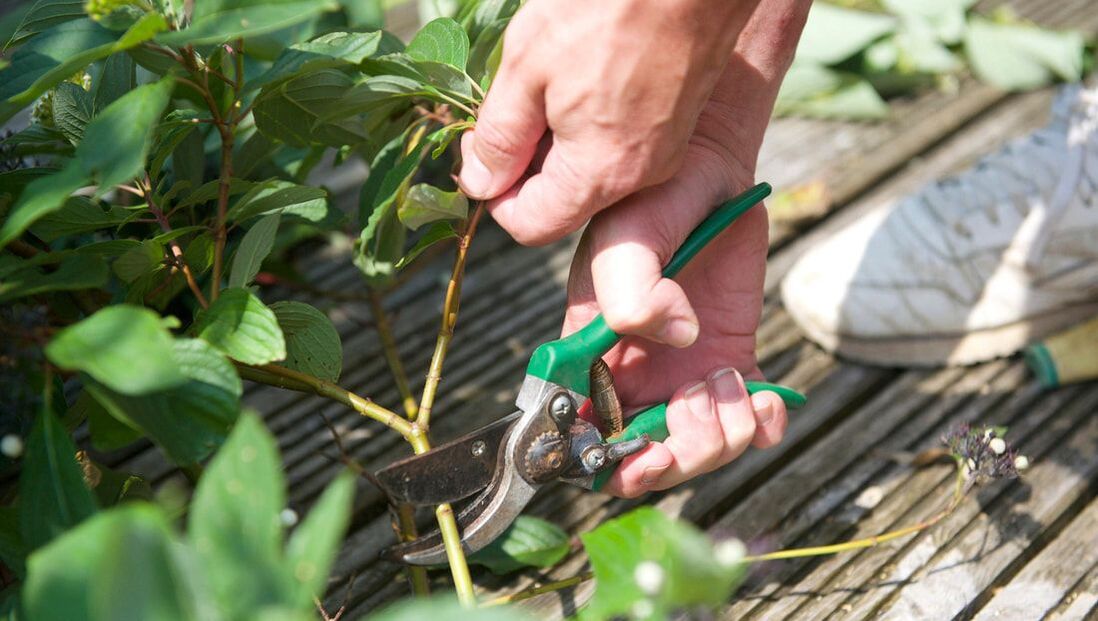
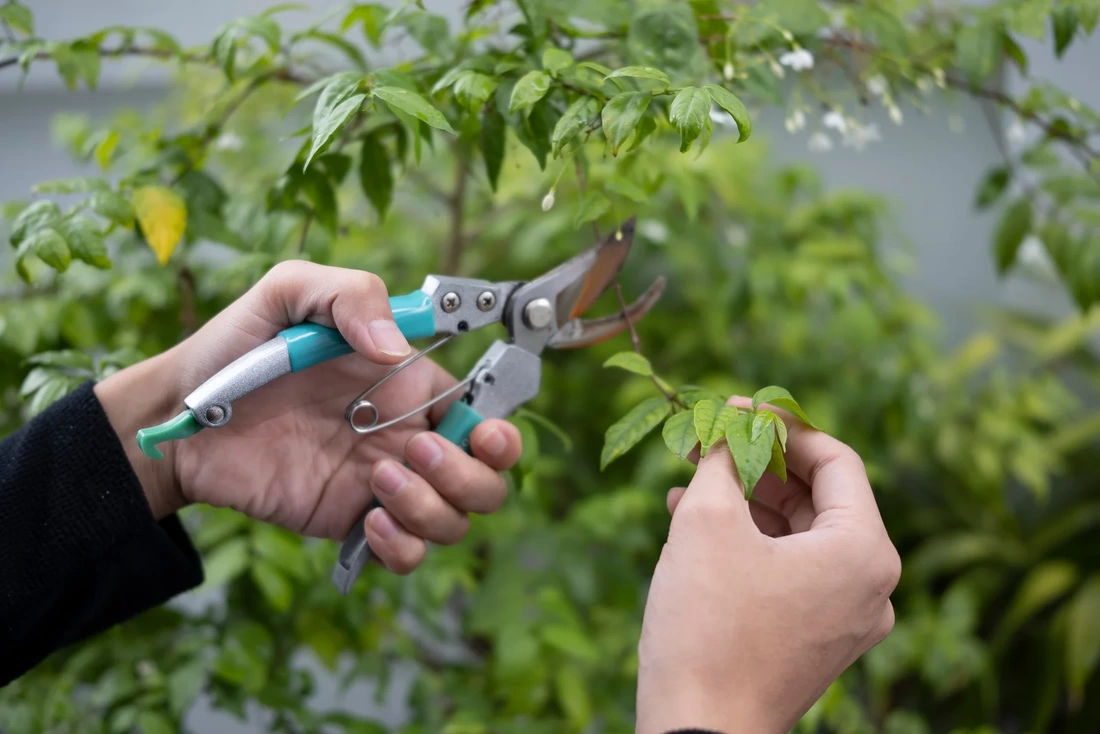
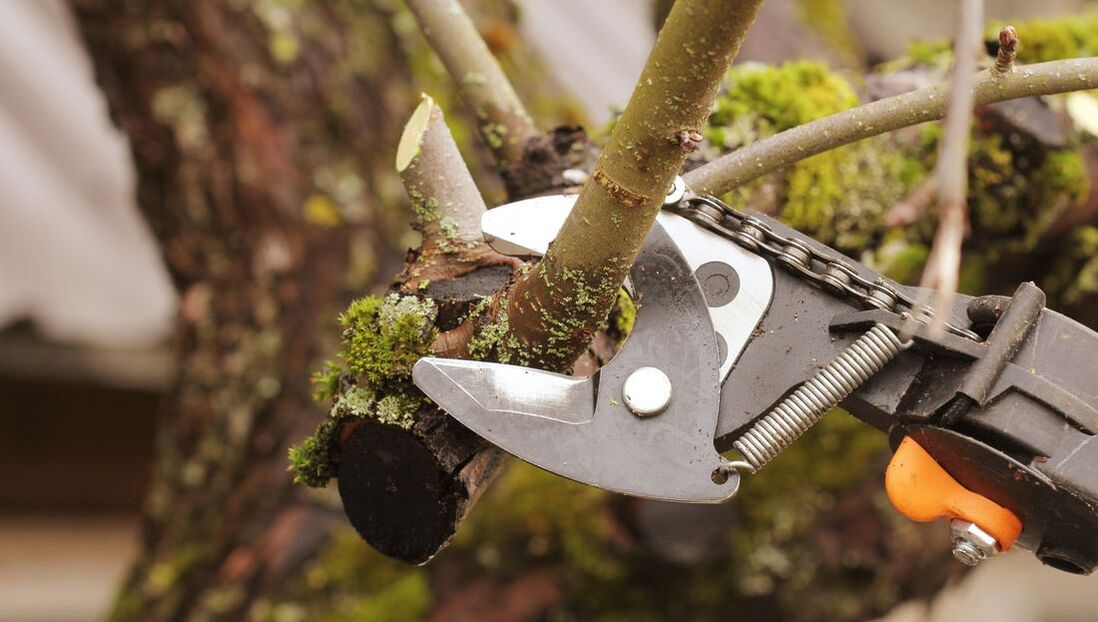
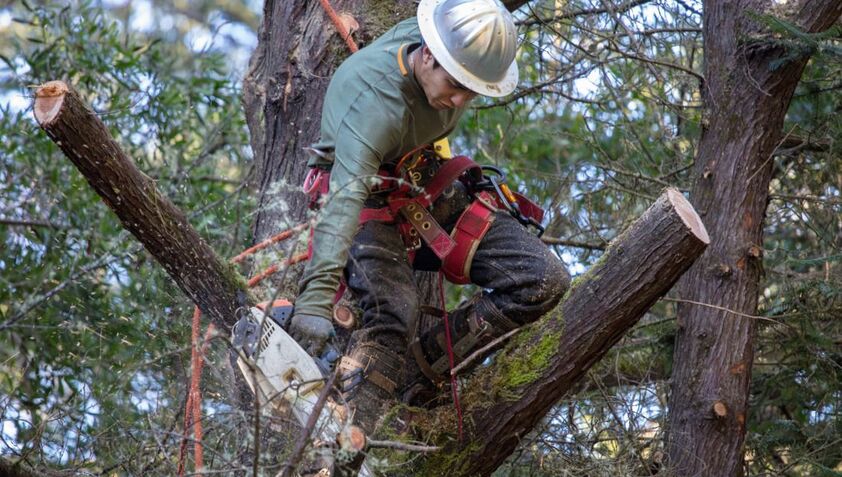
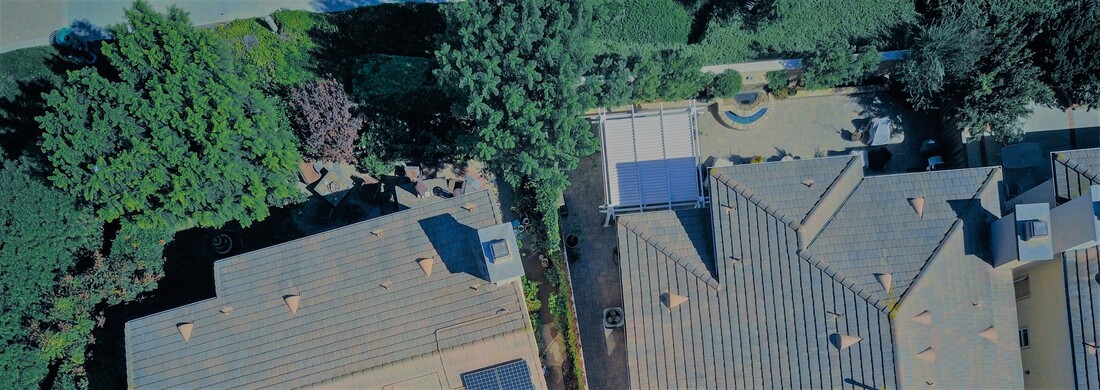
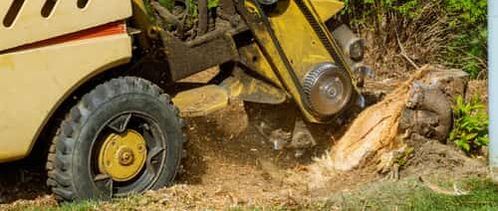
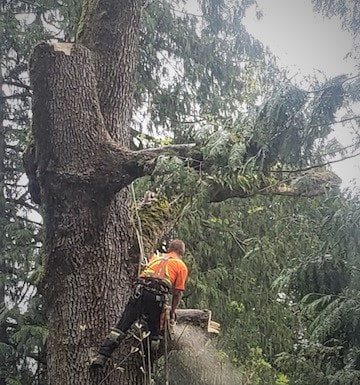
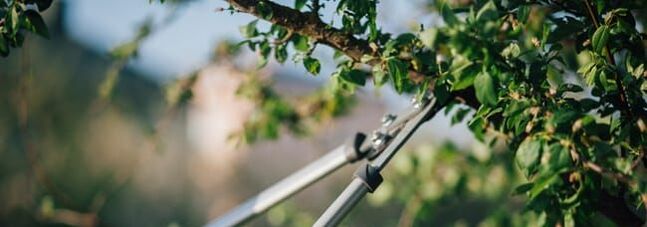
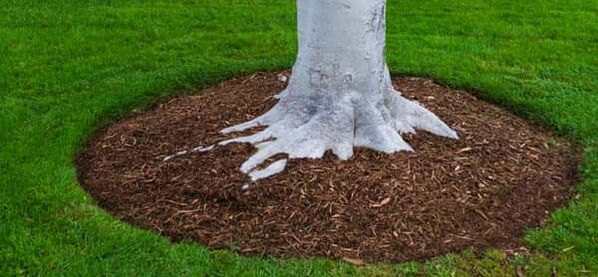
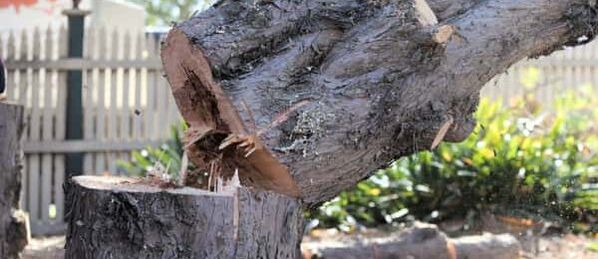
 RSS Feed
RSS Feed